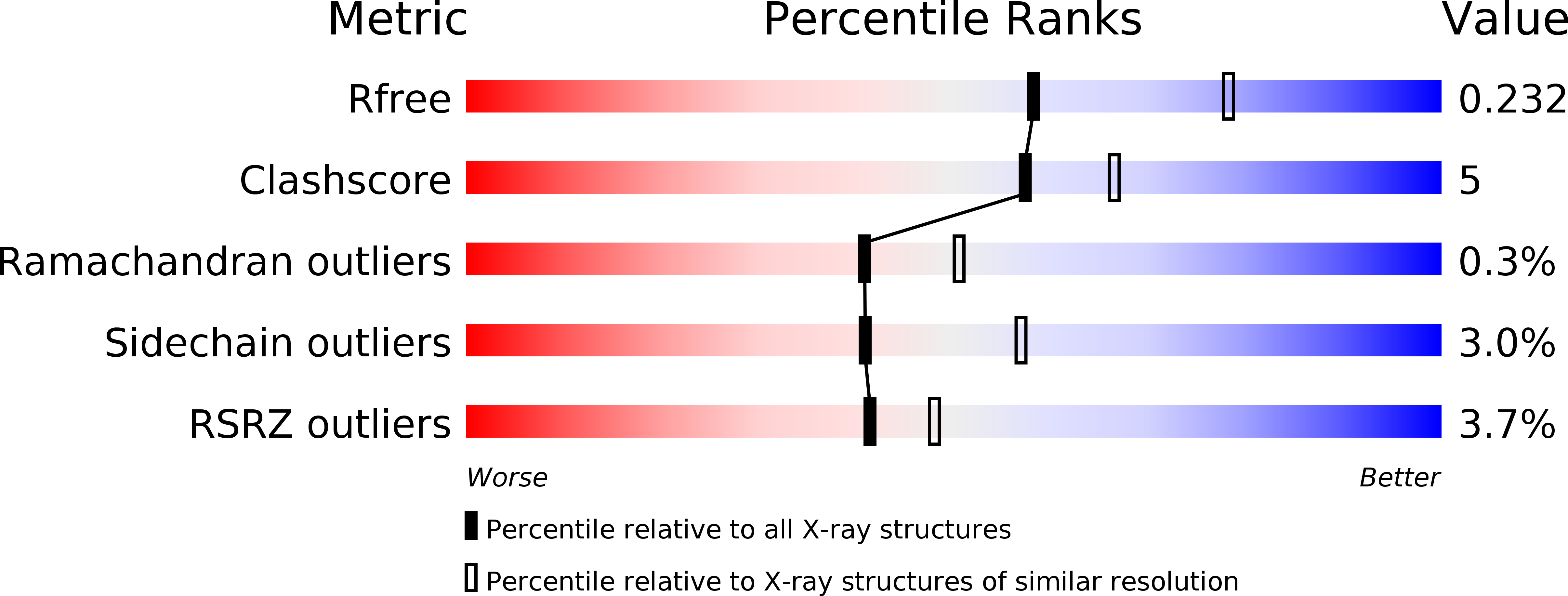
Deposition Date
2008-10-28
Release Date
2008-12-30
Last Version Date
2024-03-13
Entry Detail
PDB ID:
2ZUU
Keywords:
Title:
Crystal structure of Galacto-N-biose/Lacto-N-biose I phosphorylase in complex with GlcNAc
Biological Source:
Source Organism:
Bifidobacterium longum (Taxon ID: 216816)
Host Organism:
Method Details:
Experimental Method:
Resolution:
2.30 Å
R-Value Free:
0.23
R-Value Work:
0.17
R-Value Observed:
0.17
Space Group:
P 1


